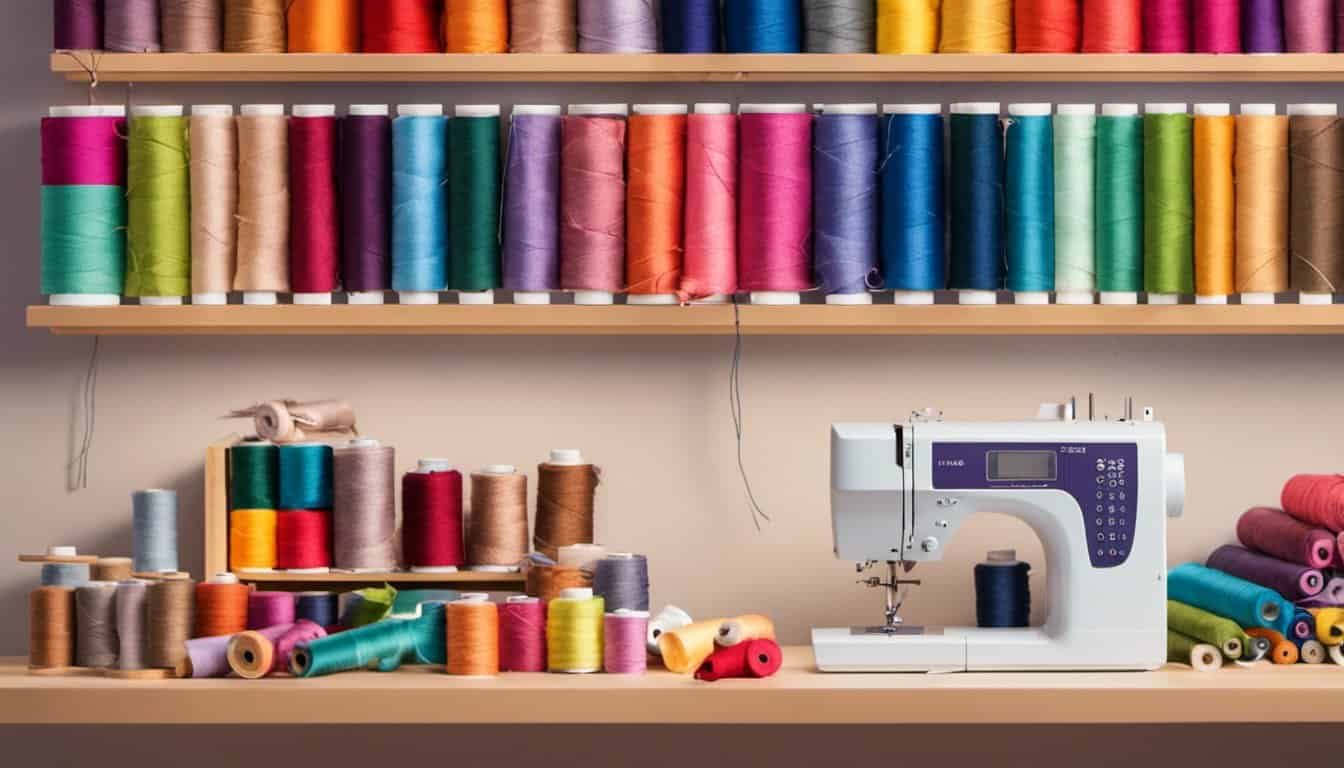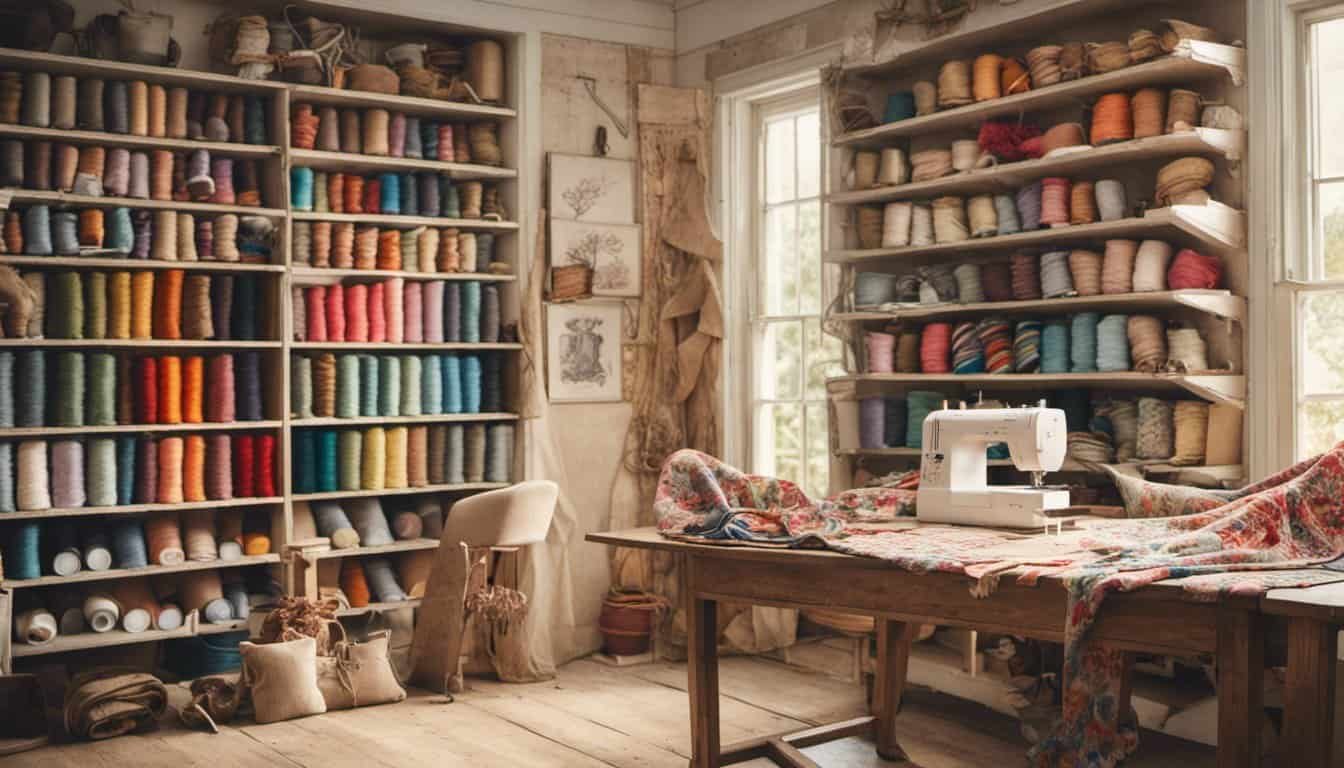Working with delicate fabrics can be a joy, but achieving a flawless finish often requires the right techniques. That’s where French seams come into play. I’ve found that mastering French seams not only enhances the beauty of my projects but also ensures durability without compromising on elegance.
Whether you’re a seasoned sewist or just starting out, incorporating French seams into your repertoire can transform your sewing game. Let’s dive into the tips and tricks that make crafting these seams a breeze, even with the most fragile materials.
Understanding French Seams
I use French seams to achieve a clean, durable finish, perfect for delicate fabrics. By enclosing raw edges, these seams prevent fraying and enhance the garment’s appearance.
Here’s how I create a French seam:
- Prepare the Fabric: I place fabric pieces with wrong sides together, aligning the edges accurately.
- First Sew: I sew a narrow seam, typically 5⁄8 inch, using a straight stitch for precision.
- Press the Seam: I open the fabric and press the seam allowance toward the fabric’s right side.
- Trim Excess: I trim the seam allowance to about 1⁄4 inch to reduce bulk.
- Second Sew: I fold the fabric so the raw edges are enclosed and stitch along the pressed seam at 5⁄8 inch.
Mastering these steps ensures smooth, professional-looking seams suitable for delicate materials.
Benefits for Delicate Fabrics
Using French seams offers significant advantages for delicate fabrics, enhancing both their functionality and appearance.
Enhanced Durability
French seams reinforce fabric edges, preventing fraying and extending the garment’s lifespan. By enclosing raw edges, the seams endure frequent washing and wear without compromising integrity. This technique ensures that delicate fabrics maintain their structure and quality over time.
Improved Aesthetics
French seams create a clean, polished finish visible on both the inside and outside of the garment. The narrow seam allowances lie flat, eliminating bulk and providing a smooth surface. This seamless look enhances the overall design, making pieces appear professionally crafted and visually appealing.
Tools and Materials Needed
Tools
- Sewing Machine: Provides consistent stitches necessary for delicate fabrics.
- Fabric Scissors: Ensures precise cuts without fraying.
- Pins or Fabric Clips: Holds fabric layers securely in place.
- Iron and Ironing Board: Presses seams for a smooth, professional finish.
- Seam Ripper: Corrects stitching errors without damaging the fabric.
Materials
- Delicate Fabrics: Includes silk, chiffon, lightweight cotton, and lace.
- Appropriate Thread: Uses polyester or cotton thread that matches fabric weight.
- Stitch Markers: Marks seam lines accurately for consistent stitching.
- Pressing Cloth: Protects fabric during ironing to maintain fabric integrity.
- Measuring Tools: Utilizes a ruler or measuring tape for precise seam allowances.
Step-by-Step Guide
Creating flawless French seams requires attention to detail. I follow these steps to achieve professional results on delicate fabrics.
Preparing Your Fabric
Lay fabric pieces wrong sides together. Secure them with pins or fabric clips to prevent movement. Mark a 1/4-inch seam allowance for accuracy. Press the fabric flat to eliminate creases, ensuring a smooth sewing surface.
Sewing the Seam
Set your sewing machine to a straight stitch. Sew along the marked seam line, maintaining even tension. Press the seam allowance toward the fabric. Trim excess threads, leaving a 1/8-inch margin. Fold the fabric right sides together, enclosing the raw edges. Sew a second seam, 1/8 inch from the first, to finish the French seam.
Common Mistakes and How to Avoid Them
- Misaligning Fabric Edges
Ensure fabric pieces align precisely with wrong sides together. Use pins or fabric clips to hold layers in place before sewing. Misalignment can cause uneven seams and bulk.
- Incorrect Seam Allowance
Maintain a consistent 1/4-inch seam allowance. Measure carefully before sewing to avoid seams that are too tight or too loose. Inconsistent allowances lead to weak seams and poor garment fit.
- Insufficient Pressing
Press each seam allowance flat after the first stitch. Use an iron set to the appropriate temperature for your fabric type. Inadequate pressing creates bulk and affects the seam’s appearance.

- Over-Trimming Seam Allowance
Trim no more than 1/8-inch above the seam line. Removing too much fabric weakens the seam and increases the risk of fraying. Use sharp fabric scissors for precise trimming.
- Using Inappropriate Thread
Select thread that matches your fabric’s weight and type. For delicate fabrics like silk and chiffon, opt for fine threads to prevent puckering. Incorrect thread can compromise seam strength and appearance.
- Incomplete Enclosure of Raw Edges
Sew the second seam carefully to fully encase raw edges. Verify that no raw edges are exposed to maintain a clean finish. Exposed edges lead to fraying and reduce the garment’s durability.
- Improper Machine Settings
Adjust your sewing machine to a straight stitch with appropriate tension settings for delicate fabrics. Incorrect settings cause skipped stitches or puckered seams, diminishing the professional look.
- Rushing the Sewing Process
Take your time to follow each step meticulously. Rushing can result in mistakes like uneven stitching or missed trims. Patience ensures flawless French seams and enhances the garment’s quality.
« Master Sewing Success: How to Adjust Sewing Machine Tension for Beginners
Unlock Perfect Fit: How to Shorten a Sewing Pattern Easily in 5 Simple Steps »
By avoiding these common mistakes, I ensure my French seams on delicate fabrics are smooth, durable, and professionally finished.
Tips for Perfect French Seams
- Choose the Right Fabric
I select fabrics like silk, chiffon, or lightweight cotton. These materials benefit most from French seams, ensuring longevity and a polished finish.
- Precise Fabric Alignment
I align fabric pieces with wrong sides together. Accurate placement prevents puckering and ensures smooth seams, crucial for delicate materials.
- Consistent Seam Allowances
I measure and mark a 1/4-inch seam allowance. Maintaining consistency across all seams enhances the professional look of the garment.
- Proper Pressing Techniques
I press seams flat after the first stitch. Using an iron on the appropriate setting for your fabric type smooths the seam allowance and prepares it for trimming.

- Trim Excess Seam Allowance
I carefully trim away excess fabric after pressing. Keeping seam allowances narrow reduces bulk and contributes to a clean finish.
- Enclose Raw Edges Securely
I sew a second seam to encase raw edges. This step prevents fraying and reinforces seam strength, ideal for maintaining fabric integrity.
- Use the Right Thread
I choose a thread that matches your fabric’s weight. Appropriate thread prevents puckering and ensures durability without compromising the fabric’s delicate appearance.
- Test on Scrap Fabric
I practice on scrap pieces before sewing your project. Testing settings and techniques helps avoid mistakes on your final piece.
Conclusion
Mastering French seams has truly transformed how I handle delicate fabrics. Seeing my projects come together with smooth and durable finishes feels incredibly rewarding. Incorporating this technique not only elevates the look of my creations but also ensures they last longer. It’s amazing how a few extra steps can make such a big difference. I encourage you to give French seams a try in your next sewing project and experience the professional touch it brings. Happy sewing!















